Eating Kohlrabi Greens: Tips For Harvesting And Cooking Kohlrabi Leaves
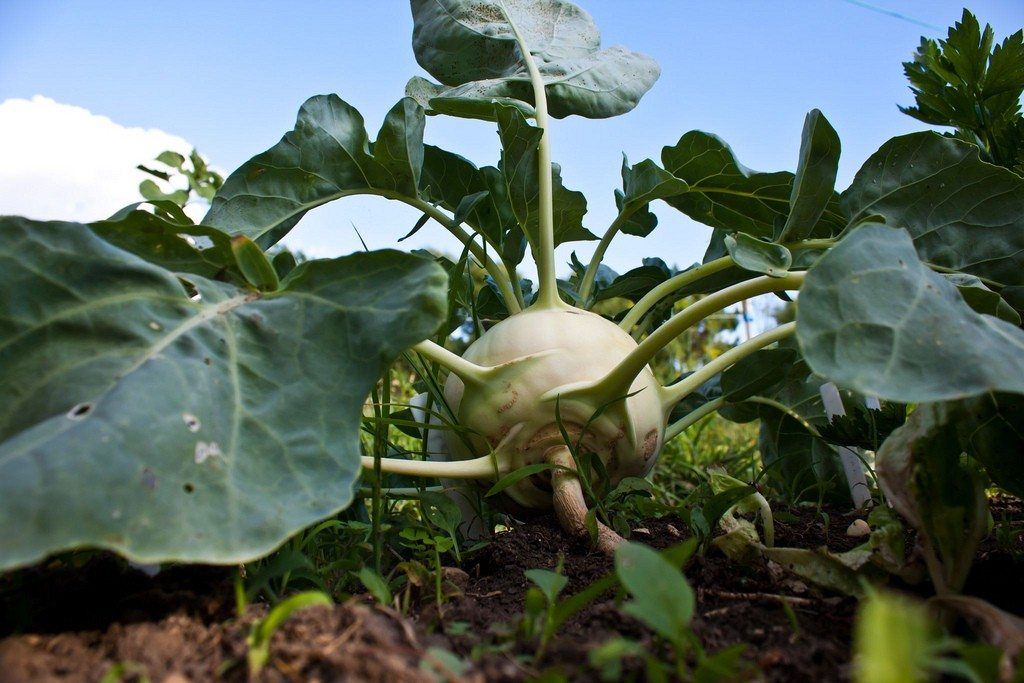

A member of the cabbage family, kohlrabi is a cool season vegetable that has little tolerance for freezing temperatures. The plant is generally grown for the bulbs, but the young greens are also flavorful. However, growing kohlrabi greens for harvest will reduce the size of the bulb. Both the bulb and the greens are nutrient rich, filled with fiber and high in both Vitamins A and C.
Are Kohlrabi Leaves Edible?
The avid home gourmet may well ask, “Are kohlrabi leaves edible?” The answer is a resounding yes. Although the plant is generally grown for the thick bulb, you can also take the smaller leaves that form when the plant is young. These are used much like spinach or collard greens. Kohlrabi greens are thick and taste best when cooked or steamed, but they are also eaten chopped in salads. Harvesting kohlrabi leaves in early spring is the best time to get flavorful, tender greens.
Growing Kohlrabi Greens
Plant seeds in well-prepared soil with plenty of organic amendment one to two weeks before the last frost in spring. Sow under a light, ¼ inch (6 mm.) dusting of soil, then thin the plants to 6 inches (15 cm.) apart after seedlings appear. Weed the area frequently and keep the soil moderately moist but not soggy. Begin harvesting leaves when the bulb is small and just beginning to form. Watch for cabbageworms and other invasive pests that will chew up the leaves. Combat with organic and safe pesticides or the old “pick and crush” method.
Harvesting Kohlrabi Leaves
Take no more than one-third of the foliage when you harvest kohlrabi greens. If you plan to harvest the bulbs, leave enough foliage to provide solar energy for the formation of the vegetable. Cut the leaves off rather than pulling to prevent injury to the bulb. Wash greens well before eating. For a consistent harvest of the greens, practice successive planting in spring by sowing every week during the cool, rainy season. This will allow you to harvest the leaves from a constant source of plants.
Cooking Kohlrabi Leaves
Kohlrabi greens are used much like any other vegetable green. The smallest leaves are tender enough to put in salads or on sandwiches, but the majority of the leaves will be thick and tough without cooking. There are many recipes for cooking kohlrabi leaves. Most greens are traditionally cooked down in a stock or flavorful broth. You can do a vegetarian version or add smoked ham hock, bacon, or other rich amendment. Cut out thick ribs and wash the leaves well. Chop them and add to a simmering liquid. Turn heat to medium low and let the greens wilt. The less time the leaves cook, the more nutrients will still be contained in the vegetable. You may also add the leaves to a vegetable gratin or stew.
Gardening tips, videos, info and more delivered right to your inbox!
Sign up for the Gardening Know How newsletter today and receive a free download of our DIY eBook "Bring Your Garden Indoors: 13 DIY Projects For Fall And Winter".

Bonnie Grant is a professional landscaper with a Certification in Urban Gardening. She has been gardening and writing for 15 years. A former professional chef, she has a passion for edible landscaping.
-
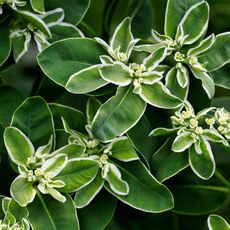 Snow On The Mountain (Euphorbia marginata): Complete Care And Growing Guide
Snow On The Mountain (Euphorbia marginata): Complete Care And Growing GuideSnow on the Mountain is a unique succulent plant that is native to North America. Learn all about Euphorbia marginata and how to care for it in your garden.
By Bonnie L. Grant
-
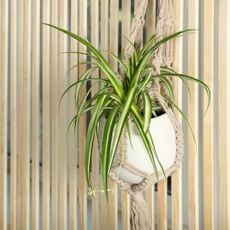 How To Grow A Hanging Spider Plant – For An Elegant Indoor Or Outdoor Display
How To Grow A Hanging Spider Plant – For An Elegant Indoor Or Outdoor DisplayOf all the beautiful baskets we see, the hanging spider plant is probably the easiest to grow. Let your hanging basket spill over with little spider plantlets!
By Teo Spengler
-
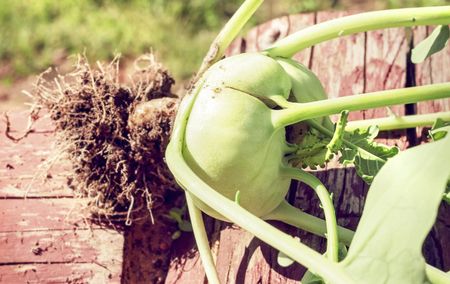 Keeping Kohlrabi Fresh: How Long Does Kohlrabi Keep
Keeping Kohlrabi Fresh: How Long Does Kohlrabi KeepKohlrabi is a cool-season vegetable grown for its enlarged stem or "bulb". If you aren't quite ready to use it at harvest, you may wonder how to store kohlrabi plants, and how long kohlrabi keeps. Find out about keeping kohlrabi fresh in this article.
By Amy Grant
-
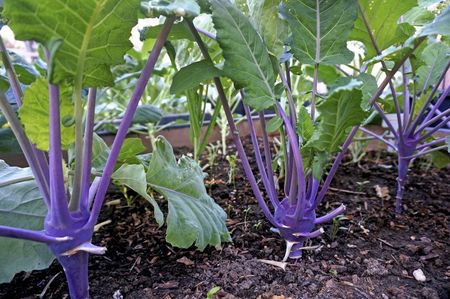 Learn About Plant Spacing For Kohlrabi
Learn About Plant Spacing For KohlrabiUnlike any of its cousins, kohlrabi is known for its swollen, globe-like stem that forms just above the ground. It can reach the size of a softball and looks a lot like a root vegetable. Learn more about growing kohlrabi in the garden and kohlrabi plant spacing here.
By Liz Baessler
-
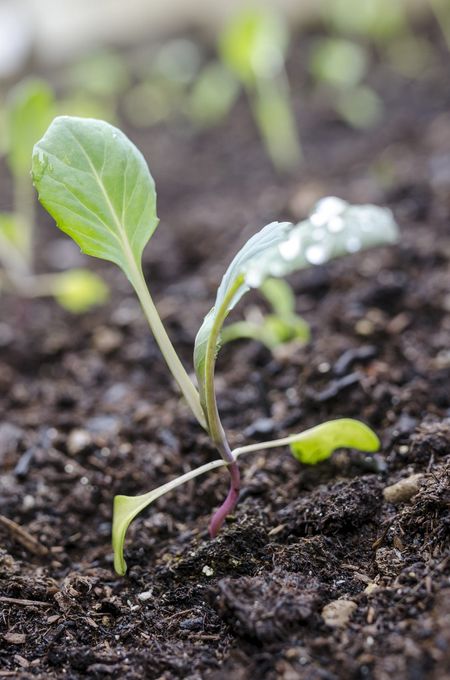 Propagating Kohlrabi Seeds: Learn How To Plant Kohlrabi Seeds
Propagating Kohlrabi Seeds: Learn How To Plant Kohlrabi SeedsWith a flavor like a sweeter, milder cross between a turnip and cabbage, the cool weather kohlrabi veggie is easy to grow. Click the following article to find out how to plant kohlrabi seeds and other information about propagating kohlrabi seeds.
By Amy Grant
-
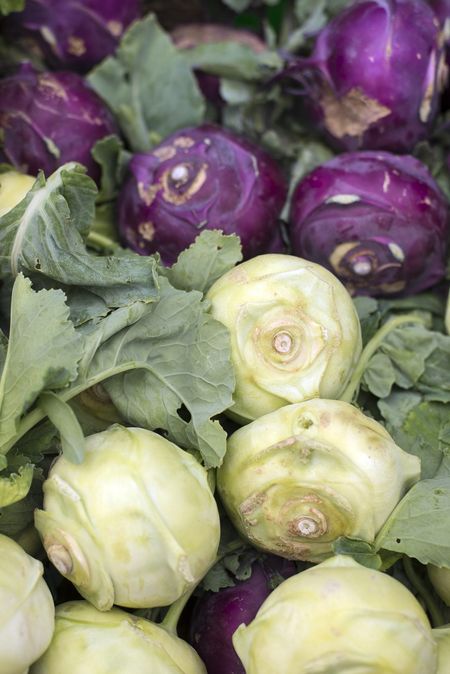 Varieties Of Kohlrabi: Choosing Kohlrabi Plants For Gardens
Varieties Of Kohlrabi: Choosing Kohlrabi Plants For GardensThere are many varieties of kohlrabi from which to choose. Each has a different size, color, pungency, growth rate, and pest or disease resistance. Since each of the different types is so individual, there is a perfect variety for every gardener. Learn more here.
By Bonnie L. Grant
-
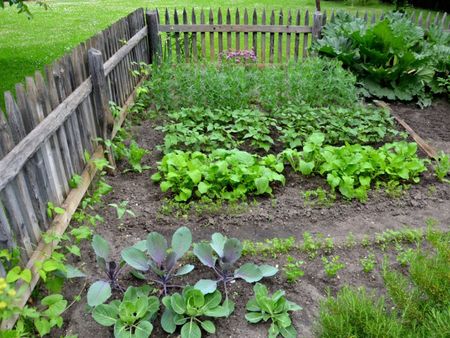 Kohlrabi Companion Plants – What To Plant With Kohlrabi
Kohlrabi Companion Plants – What To Plant With KohlrabiIf you're working towards an organic approach to your gardening and don't want to use pesticides, try using kohlrabi companion plants. Click here and find out what to plant with kohlrabi in this article.
By Amy Grant
-
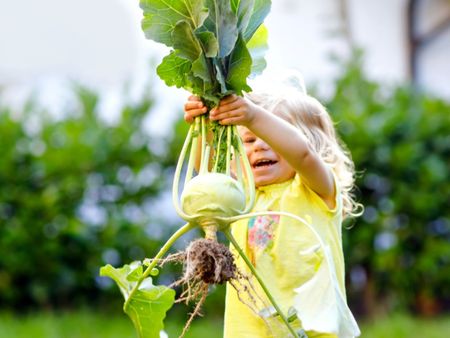 Harvesting Kohlrabi Plants: How And When To Pick Kohlrabi
Harvesting Kohlrabi Plants: How And When To Pick KohlrabiWhile kohlrabi is normally considered a less traditional vegetable in the garden, many people grow them and enjoy their pleasing flavor. If you?re new to growing this crop, then you will likely find the following info helpful.
By Susan Patterson
-
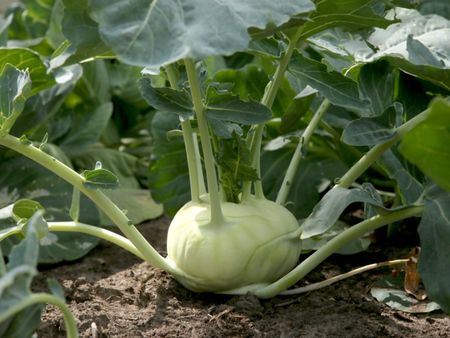 How To Grow Kohlrabi - Growing Kohlrabi In Your Garden
How To Grow Kohlrabi - Growing Kohlrabi In Your GardenGrowing kohlrabi is not the hardest thing in the world. Kohlrabi is actually somewhat easy to grow. The following article explains how to grow kohlrabi in the garden so you can enjoy the tasty crop and its benefits.
By Kathee Mierzejewski